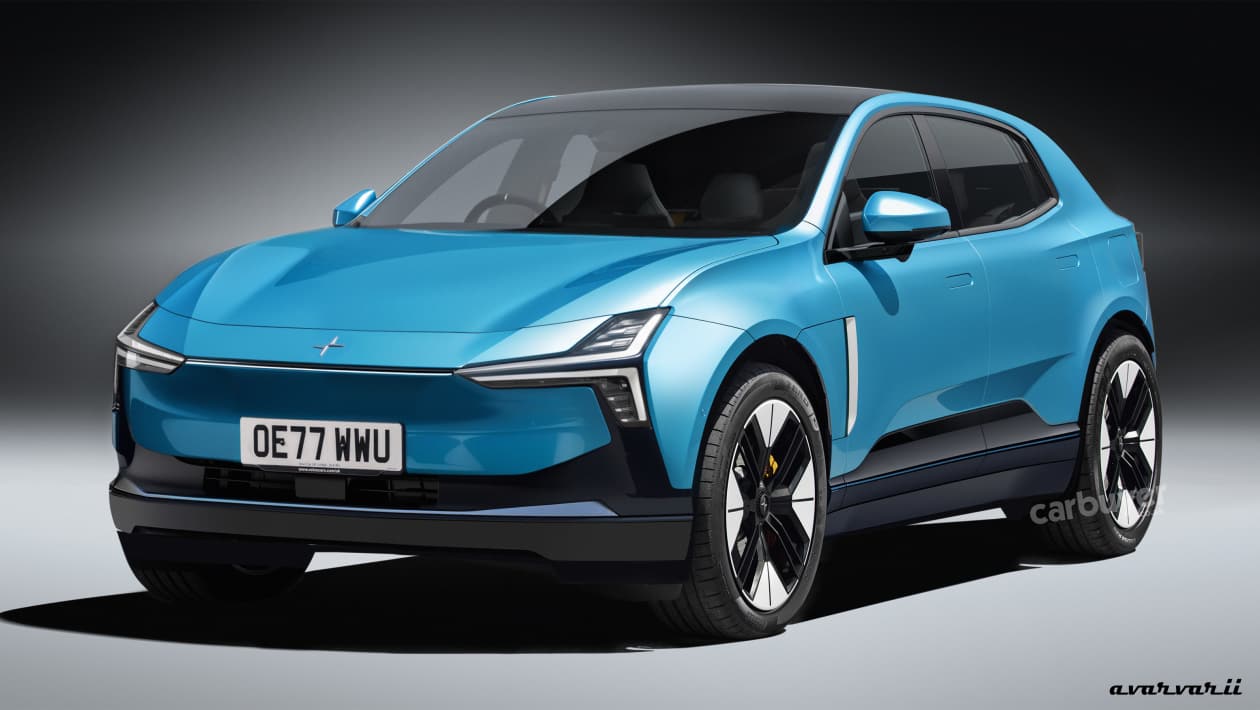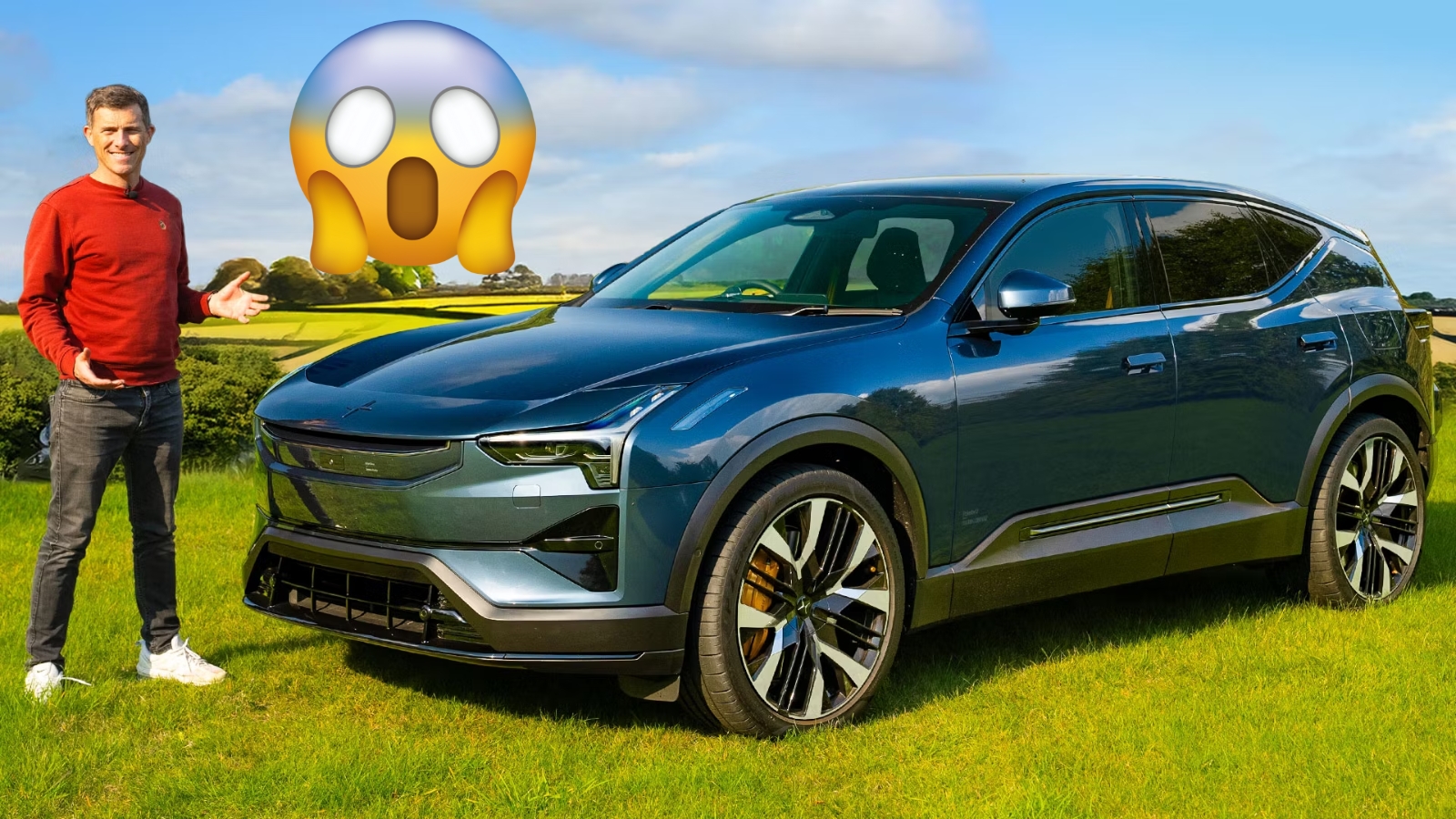Electric vehicle enthusiasts have something exciting to look forward to. Polestar just announced their upcoming compact luxury electric SUV, the Polestar 7, and it’s shaping up to be a game-changer in the premium EV market.
This isn’t just another electric SUV joining the crowd. The Polestar 7 represents a strategic shift for the Swedish-Chinese manufacturer, designed specifically to compete head-to-head with established players like the BMW iX1, Lexus UX300e, and Mercedes-Benz EQA.
Why Europe Matters for the Polestar 7
Here’s where things get interesting from a business perspective. Unlike many of Polestar’s current models, the Polestar 7 will be manufactured in Europe rather than China. This isn’t just about logistics – it’s a smart move to sidestep the hefty import tariffs that have been affecting Chinese-made vehicles entering European markets.
For consumers, this European production strategy could mean more competitive pricing and better availability when the vehicle launches in 2027.

Design Philosophy: Standing Out in the Crowd
Phillipp Romers, Polestar’s new head of design, has made it clear that the Polestar 7 won’t be a cookie-cutter SUV. The design team is committed to maintaining Polestar’s distinctive aesthetic while adapting it for the compact SUV segment.
Platform and Architecture
The Polestar 7 will share its foundation with some impressive siblings. Built on the Geely SEA platform, it joins the family that includes the larger Polestar 4, the popular Volvo EX30, and other notable EVs like the Smart #3 and Zeekr X.
This platform sharing isn’t just about cost savings – it means proven technology and reliability that customers can trust.
What This Means for Performance
While specific powertrain details remain under wraps, the SEA platform heritage suggests the Polestar 7 will deliver the kind of performance enthusiasts expect from the brand. The platform has already proven itself capable of supporting various configurations, from efficient daily drivers to performance-oriented variants.
Market Position and Competition
The compact luxury electric SUV segment is becoming increasingly crowded, but that’s exactly where Polestar wants to be. The Polestar 7 is positioned to take on some serious competitors:
| Competitor Models | Key Features |
|---|---|
| BMW iX1/iX2 | Established luxury brand, advanced tech |
| Lexus UX300e | Reliability reputation, hybrid expertise |
| Mercedes-Benz EQA | Premium interior, charging network |
| Mini Countryman E | Unique styling, fun driving experience |
Timing and Market Strategy
The 2027 launch timeline aligns perfectly with Polestar’s ambitious growth plans. The company is targeting 30-35% sales volume growth between 2025 and 2027, and the Polestar 7 plays a crucial role in achieving these numbers.
Technology Evolution: Single Platform Strategy
Perhaps the most significant news is Polestar’s decision to transition to a single vehicle platform starting with the Polestar 7. This streamlined approach could lead to better economies of scale and more consistent user experiences across the model lineup.
What About the Polestar 5?
The upcoming Polestar 5 grand tourer might be the last model to use a unique platform – specifically, a bonded-aluminum architecture designed for high performance. With 650kW of power and 900Nm of torque potential, the Polestar 5 represents the brand’s performance pinnacle.
800-Volt Technology Integration
While not confirmed for the Polestar 7, Polestar’s investment in 800-volt battery technology (debuting in the Polestar 5) suggests future models could benefit from faster charging and improved efficiency.
Global Expansion Plans
The Polestar 7 isn’t just about one market. Polestar is expanding aggressively, with plans to enter France this year and establish footholds in Eastern Europe, Asia, and Latin America by 2026.
Australian Market Context
In Australia, Polestar faced challenges in 2024, with sales dropping 30% to 1,713 vehicles. The company responded by cutting prices across their lineup, making the entry-level Polestar 2 available from $62,400. The Polestar 7 could help revitalize the brand’s presence in the Australian market.
What to Expect
The Polestar 7 represents more than just another model addition – it’s a statement about the brand’s future direction. With European production, proven platform technology, and distinctive design, it’s positioned to capture attention in the competitive compact luxury EV segment.
CEO Michael Lohscheller has been clear about the challenges ahead, acknowledging that significant changes are needed to transform Polestar from a respected brand into a successful business. The Polestar 7 appears to be a key part of that transformation.
Frequently Asked Questions
Q: When will the Polestar 7 be available for purchase?
A: The Polestar 7 is expected to launch in 2027, with specific availability varying by market.
Q: Will the Polestar 7 be more affordable than current Polestar models?
A: While pricing hasn’t been announced, European production could help keep costs competitive compared to Chinese-built alternatives.
Q: How will the Polestar 7 differ from the Volvo EX30?
A: Despite sharing the same platform, the Polestar 7 will feature distinctive design elements and positioning as a premium luxury SUV with performance focus.
Mitsubishi Partners with Nissan, Foxtron for Next-Gen EV Launch
